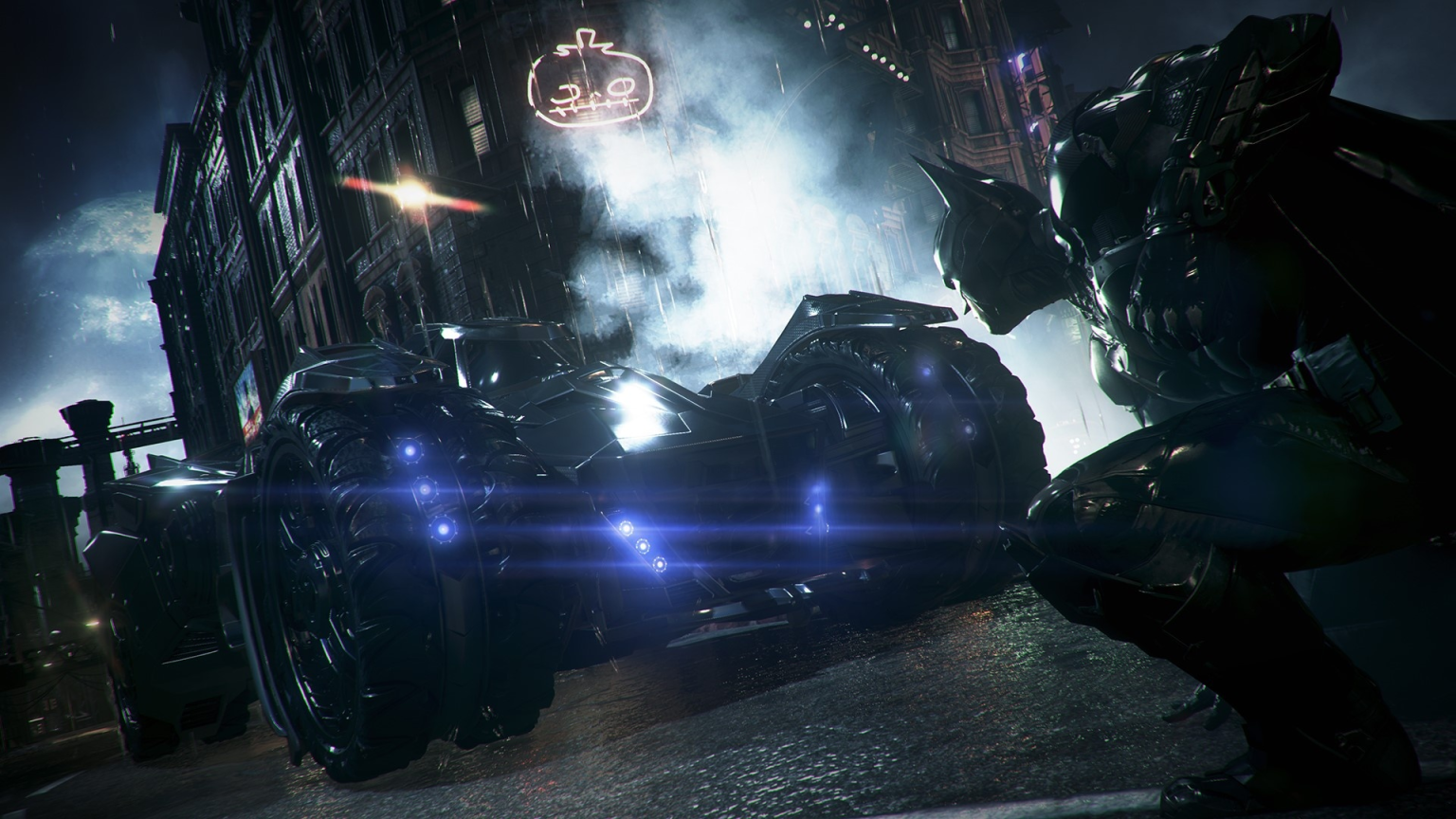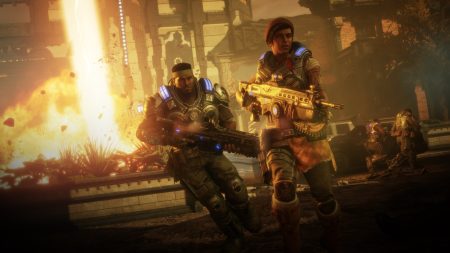A Legacy of Going Too Big
The Batman: Arkham games came to me at a formative time in my gaming life. Batman – as a character and a franchise – had arguably never been bigger coming off the heels of The Dark Knight. Rocksteady’s 2009 Batman: Arkham Asylum was a revelation, putting players in Batman’s cowl in a way we’d never felt before. The 2011 sequel Arkham City doubled down on the formula, opening up the streets of Gotham to explore in a new nightmare for the caped crusader. City, in fact, was so good that it had fans wondering how it could possibly be topped. We all knew that there was a full city outside the walls of Arkham – we just needed the chance to see it.
Enter Arkham Knight, the fourth main entry in the series (I could never forget your epic boss fights, Arkham Origins). Released for the (at the time) next generation of consoles in 2015, it offered the chance to explore Gotham City in full with the Batmobile at the player’s disposal. The resulting game was still great, but unfortunately a step back in notable ways. The combat was still elite, and the rogues’ gallery of villain encounters was of course top notch, but the story felt half-baked. A bad game? Not at all. Just one with a complicated legacy.
I recently replayed Arkham Knight as part of the PlayStation Plus Collection to see how it holds up a decade after its release. It’s aged really well in some regards, but there are moments that make me groan. But ten years is a long time, and it comes with the benefit of a retrospective lens to see how gaming has changed since, for better and for worse.
(Spoilers ahead for the story and gameplay of Batman: Arkham Knight.)
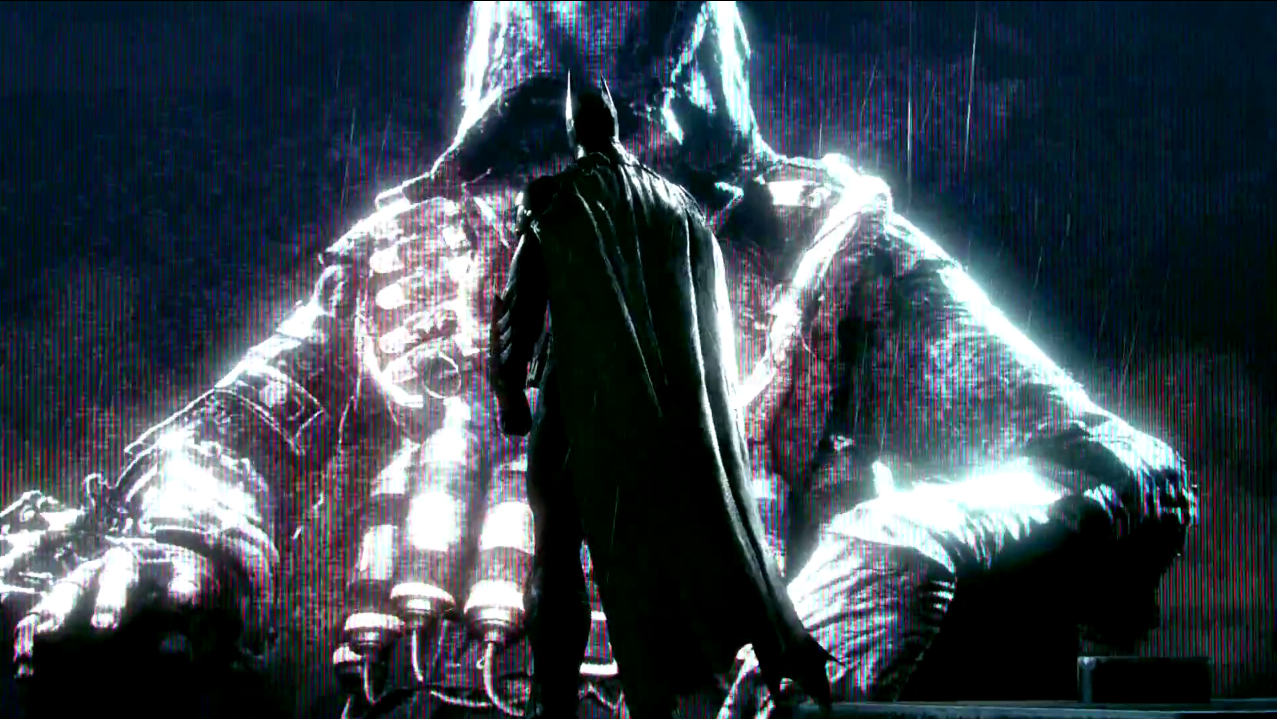
The Good
Let’s start with what holds up best: this is a really good looking game. As a generation exclusive, developer Rocksteady really leaned into the power of the then-newest consoles of the PlayStation 4 and Xbox One. Gotham is massive, and it really feels like it too.
On top of this, the game still has top-notch voice acting that is rare to find in a game to this date, adding some new Hollywood-caliber talent in the mix including Breaking Bad’s Jonathan Banks as Commissioner Gordon. The late great Kevin Conroy brought it as always as Batman, and Mark Hamill, of course, is immortalized as the Joker (or, uh, the ghost of the Joker).
I remember wondering back in the day how they were going to pull off a Joker-less Batman game. Looking back, having the Joker in a twisted buddy-cop situation with Batman is an incredible way to keep him involved. It was a clever follow-up to the extremely bold move of killing him off in Arkham City. Cap it off with a full-on musical number performed by Hamill, and you have yet another unforgettable Joker story.
In addition, the rogues gallery just looks good here. They all look like they’ve been through hell (and, let’s face it, they have) and continue to give Batman fits. I could talk about a number of them, but a decade later, it’s still Scarecrow – voiced by Return of the King star John Noble – who stands out. No, we don’t have the return to the nightmare sequences of Arkham Asylum (see #4 here), but when you look at this guy, he is just plain terrifying. As brave as it was to make a game with Scarecrow as the main antagonist, his extra-creepy design and haunting voice still stand tall to this day to show why he transcends one of the deepest crew of villains in video game history.
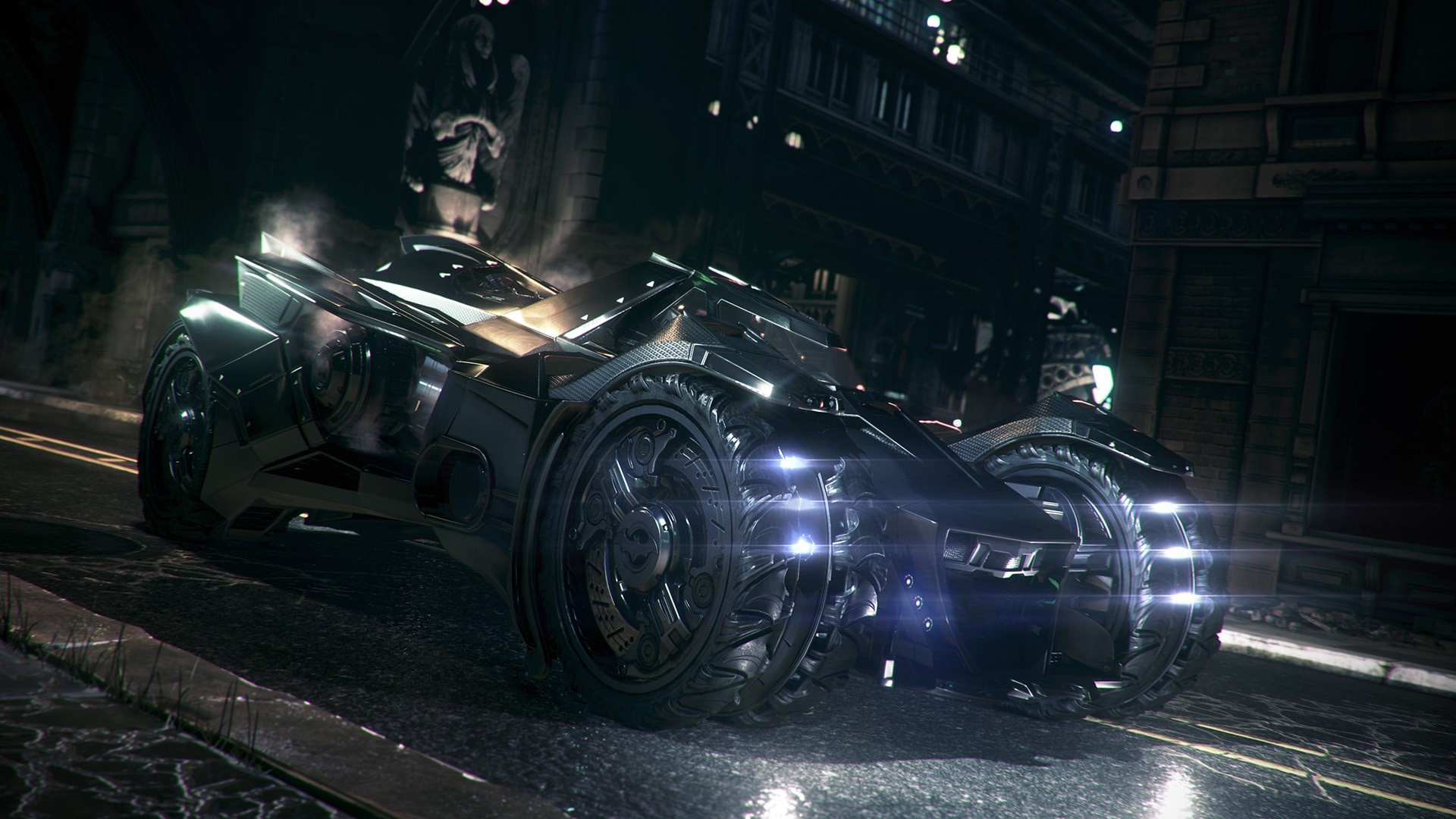
The Bad
That said, the good frequently gets held back by the bad in Arkham Knight. Ok, maybe “bad” is a stretch, but there are some mediocre parts that really detract from the rest of the game. First and foremost, for as good as Gotham looked, it sure does feel empty. Where we had dense streets in Arkham City, we have wide boulevards in Arkham Knight. That’s all fine, it’s certainly visually stunning, but it presented a big city that was fairly limited to explore. And, of course, it’s obvious why it’s designed this way: the Batmobile.
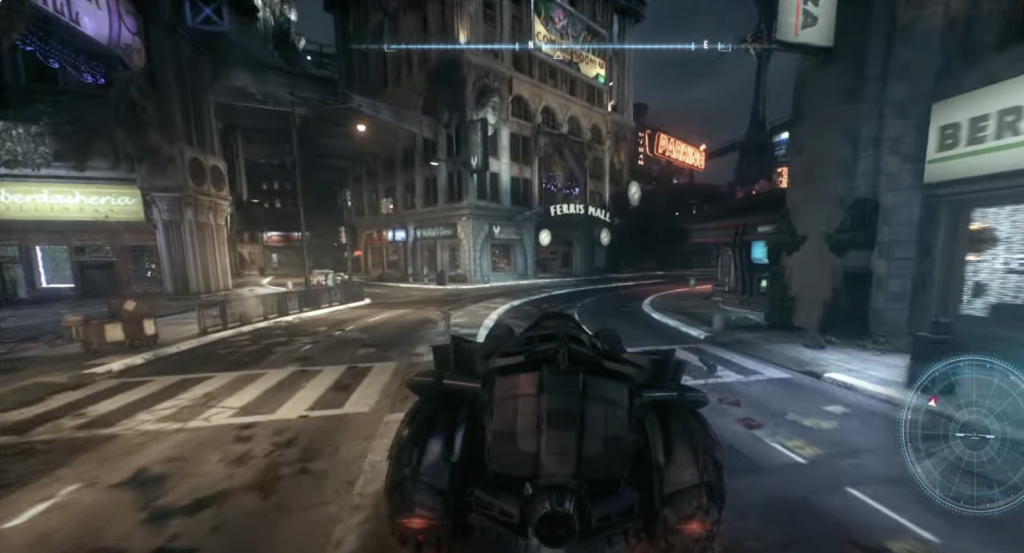
Unfortunately, the Batmobile did not live up to the hype upon release, and ten years later, it has aged just as poorly. Far too much of the experience tasks the player with simply driving from point A to point B, or worse, performing a ton of platforming and combat challenges with the Batmobile. The vehicle was clearly designed to be featured heavily, and to Rocksteady’s credit, it looks and plays great.
Still, the Batmobile is a classic example of too much of a good thing. By the end of my replay, it became fairly tiresome to have to keep driving through empty streets or finding doors to unlock.
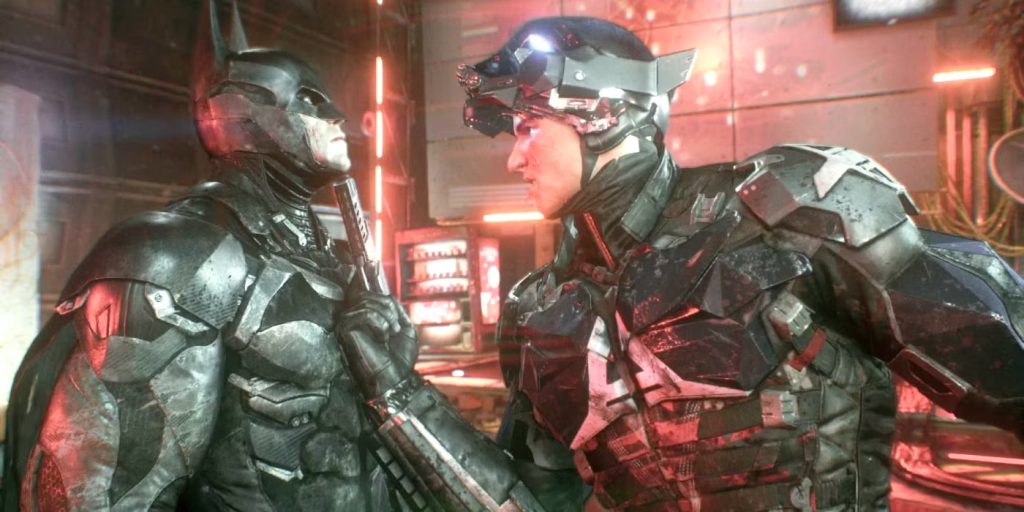
It’s also hard to ignore the controversial story choices they made around the game’s namesake. With Joker dead and Scarecrow physically limited, Arkham Knight needed someone to match Batman in combat. It still feels like they took a shortcut by shoehorning in Jason Todd as an “original” villain, though.
Don’t get me wrong: Todd’s plight is a classic Batman story, but they really rush it here. You only truly start to learn about Jason halfway through the game, and it’s not nearly enough time to develop any sort of connection to him. Plus, any suspense is removed for those of us familiar with him already – it becomes clear we’re just watching a Red Hood remake. This storyline didn’t work in 2015, it doesn’t work now, and it really weighed down the game.
Oh, and the Riddler trophies? Yeah, way too many. I’m out. Let him have his fun. Batman has too much going on for all this nonsense!
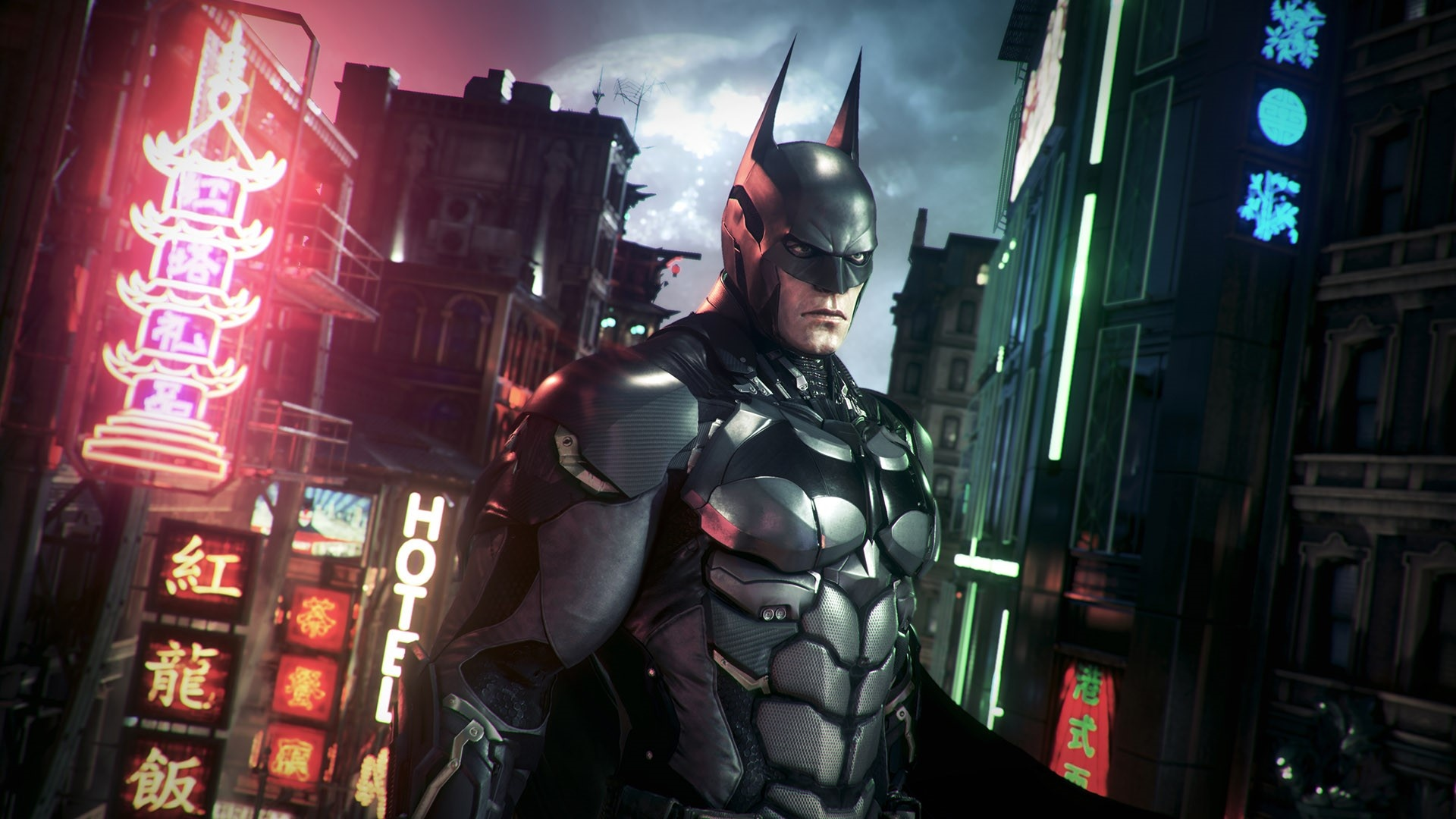
The Bat
But the good, the bad… Does it really matter when you’re playing as Batman? Well, the answer is as grey as Batman’s suit: kind of. There’s only one thing that has ever mattered in these games, really. They make you feel like Batman. And boy does Arkham Knight lean into it.
Batman is at the top of his game here. Every punch is beyond forceful. The combat flows flawlessly, the fear combos are incredible, and the stealth sequences hold up just as well as they do in the previous Arkham games. It’s a testament to how strong the gameplay was that the only reason it feels dated at all is because the latest Spider-Man games have taken what Arkham did and built on it. Being a trailblazer doesn’t make a game bad, though. Seeing those seeds planted is what makes the final blossoms so incredible.
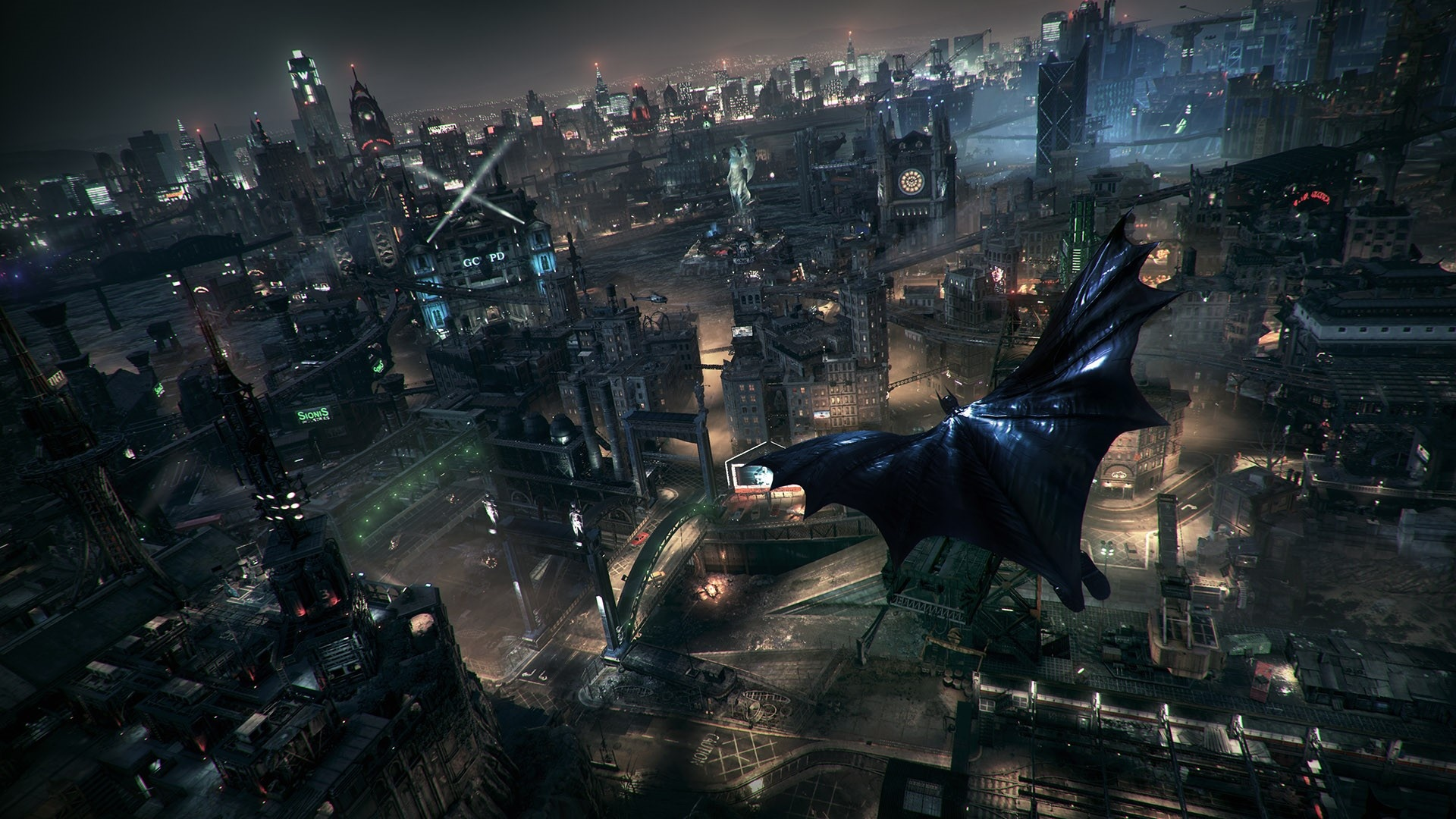
Final Thoughts
In a lot of ways, Arkham Knight represents a crossroads of gaming to me. It’s too big and tries too hard in a lot of ways, something I feel that I see all too often with the amount of open-world games we get every year now. But it also paved the way for superhero games like Spider-Man, and I even see the matchup-heavy combat and stealth showing up in other genres, such as Ghost of Tsushima. You can see what made this franchise a gaming classic, but also recognize where it went wrong. The jury is still out on if everyone has learned their lessons from it, but that is simply the nature of the game.
All in all, I am glad to have replayed Arkham Knight nearly a decade later. It is still ultimately a great (albeit flawed) game, but if I’m being honest, I would have rather replayed its predecessors. But that doesn’t mean I didn’t enjoy it. It’s a fun game about playing as one of the all-time great heroes, and that’s what it’s all about, isn’t it? You get to play as fear. You get to play as the night. And, most of all, you get to play as Batman.
Let’s just all agree to never talk about what Rocksteady did next ever again.
Mark is a contributor to The Punished Backlog, often promising articles and occasionally delivering when he actually commits to it. Mark games mainly on his PS5 and his Switch, and some of his favorite games include God of War, Ghost of Tsushima, The Witcher 3: Wild Hunt, and his all time favorite, Red Dead Redemption 2. When not gaming, Mark is an avid fan of all Boston sports teams and his Villanova Wildcats. He also loves hiking, skiing, and traveling across the U.S.


